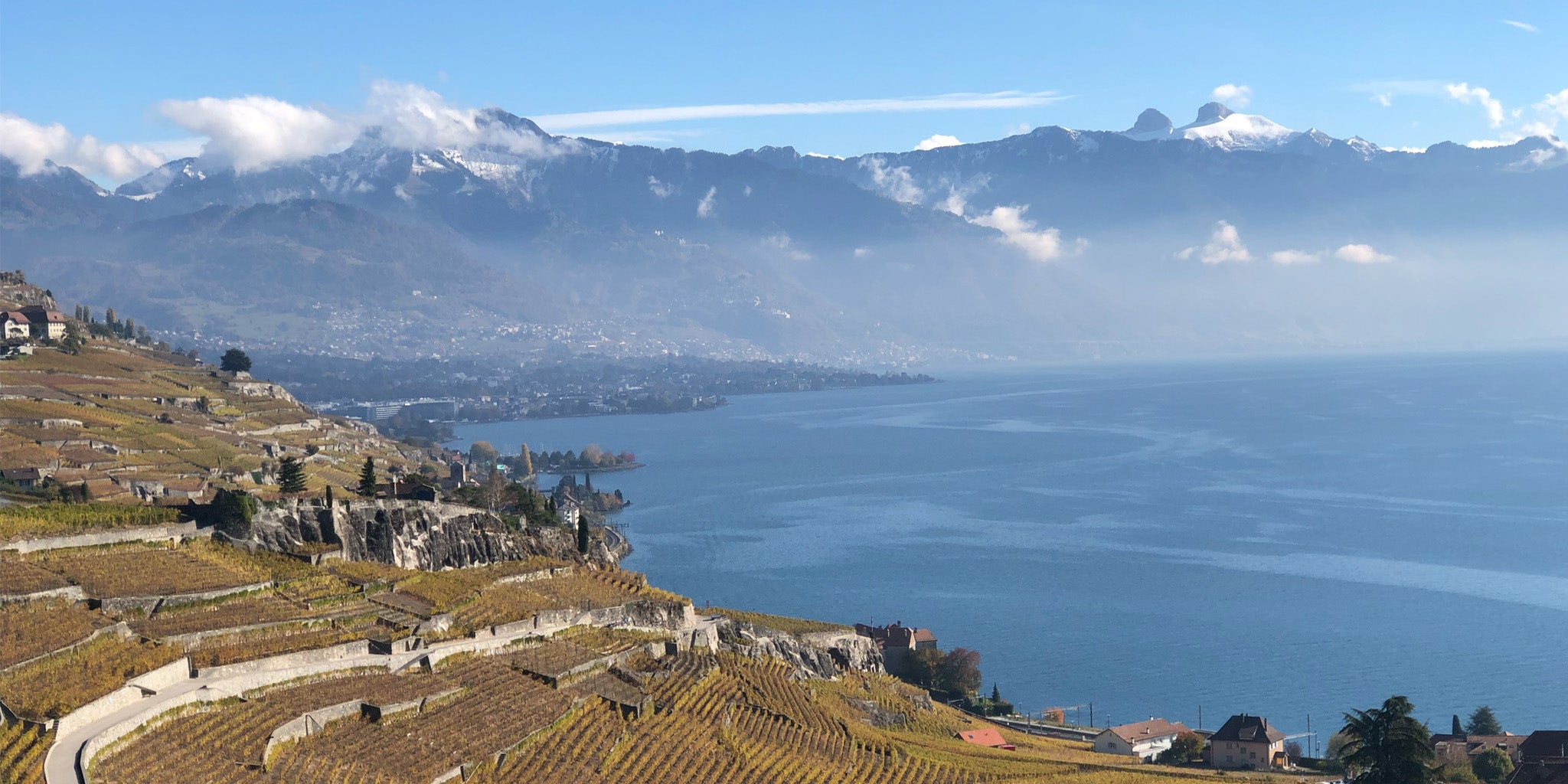Carbonic maceration is a wine production technique that is used to produce light and fruity wines. It is a process that takes place in the absence of air, where whole grapes are fermented in a carbon dioxide-rich environment.
This method of fermentation is particularly useful for producing wines from grape varieties that are known for their fruity and floral aromas, such as gamay and carignan.
What is the process of carbonic maceration?
The process of carbonic maceration begins with the grapes being placed in a sealed vat that is filled with carbon dioxide. Intracellular fermentation begins within the grapes. Intracellular fermentation occurs within the grape cells in an oxygen-free environment. Yeasts ferment the sugars within the grape cell, producing alcohol, carbon dioxide and other compounds. When the alcohol level increases (1-2% abv), so does the pressure within the grapes, causing the skin to break open and the juice to be released.
It is common for winemakers to separate fermenting wine from the skins at this stage, to avoid the extraction of phenolics (colour and tannins). The alcoholic fermentation then finishes off-skins to reach 11-13% abv. The wine that is characterised by its fruity and floral aromas.
Advantages and drawbacks?
One of the main advantages of carbonic maceration is that it produces wines that are low in tannins and high in fruity flavours. Flavours commonly associate with these wines include cherry, banana, bubble gum, candy.
However, carbonic maceration also has some drawbacks. The process can be unpredictable and difficult to control, which can lead to inconsistent results. Additionally, carbonic maceration can also produce wines that are too fruity and floral (pronounced aromas of banana), which can be overwhelming for some palates.
To optimise the results of carbonic maceration, winemakers should select only healthy and ripe grapes, and closely monitor each step of the fermentation process.
Carbonic maceration is commonly used in Beaujolais wine region in France, especially for the production of Beaujolais Nouveau.














